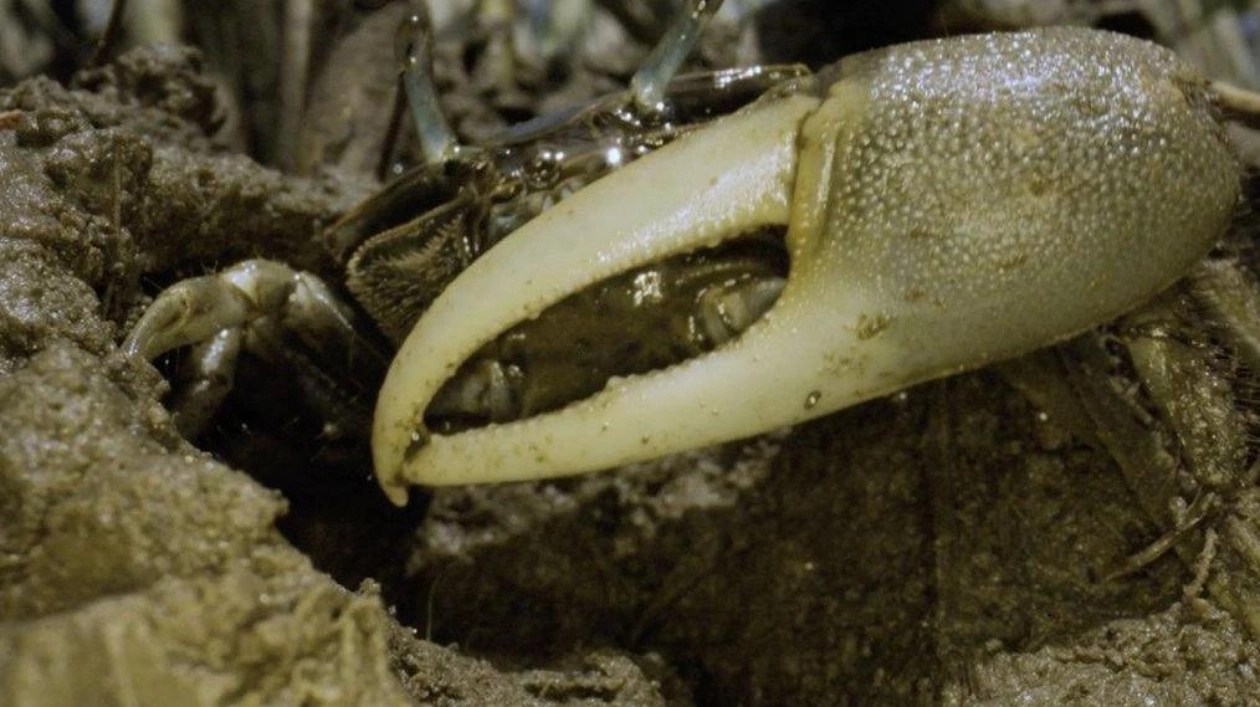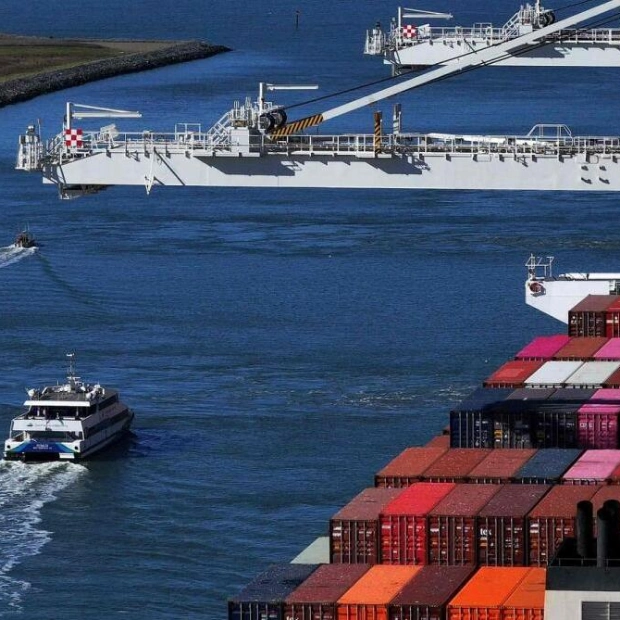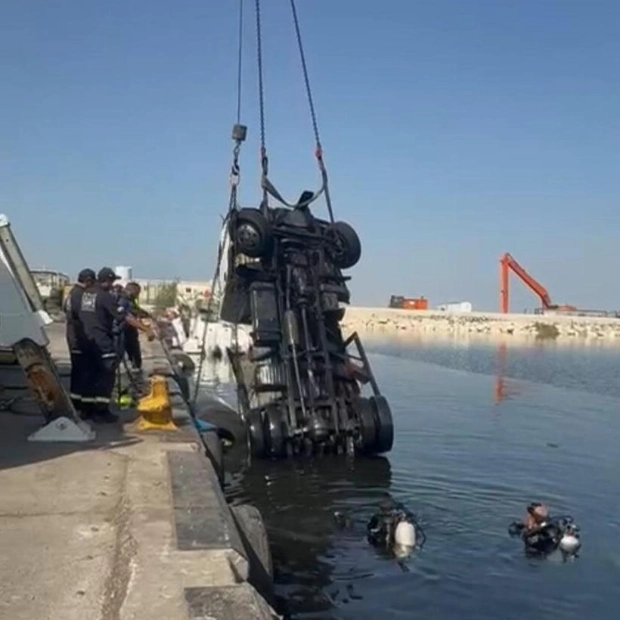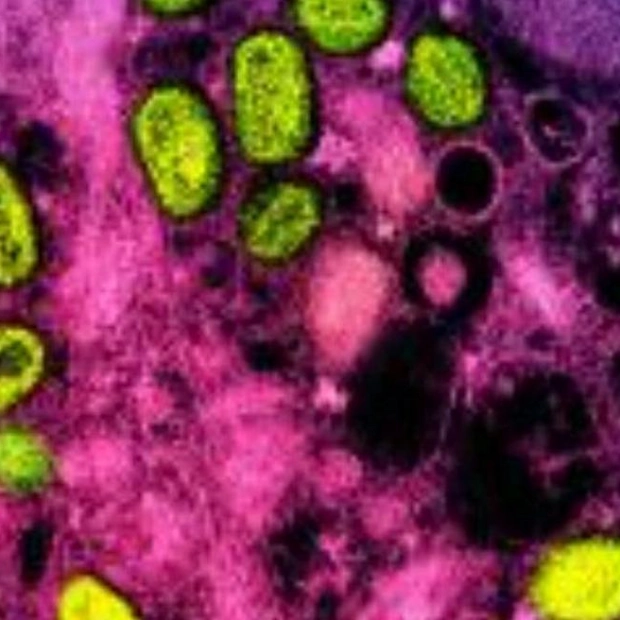This video received funding support from the Howard Hughes Medical Institute. David Johnson recounts an experience from 2014 when, while on a muddy bank in a marsh in Massachusetts, he observed a small crab quickly moving across the mud and disappearing into a hole. Upon digging it out, he identified it as a fiddler crab, a species he had never encountered in over a decade of working in the marsh. This unexpected sighting led him to ponder the implications of this crab's presence, as it is not typically found north of Cape Cod, Massachusetts. Johnson, who studies marine invertebrates and coastal ecosystems, sees this as a potential indicator of climate change.
Johnson, who has been working in the Great Marsh for 22 seasons, describes it as a living laboratory where he continues to discover new things. Anne Giblin, a collaborator, explains that the Great Marsh extends into New Hampshire and Essex, making it the largest remaining swamp marsh in New England. Its significance lies in the numerous services it provides, such as being a nursery ground for commercial fish like striped bass and a haven for shellfishing and birdwatching.
The warming of the Gulf of Maine is causing an influx of warm-water species, prompting Johnson to investigate their impacts on the Great Marsh. After discovering the new crab population, he initiated surveys and found them as far north as central Maine. Monitoring these crabs revealed a growing population, with males using their distinctive large claws to attract females. Johnson's team conducted annual censuses, noting a rising population and the presence of females with eggs, indicating the crabs' intention to stay.
Johnson's research also explored whether these crabs have a different ecological impact compared to those south of Cape Cod. Traditional thinking held that crab burrows release nutrients that aid plant growth, but the Great Marsh's grass population had never encountered fiddler crabs before. The study found that the presence of fiddler crabs reduced grass by 40%, contrary to findings south of Cape Cod. Johnson hypothesizes that plants in the south may have adapted to crab activity, while size differences between northern and southern crabs could also play a role.
The study also examined the crabs' impact on the marsh's ability to store carbon, a critical function given that salt marshes store more carbon than almost any other ecosystem. The introduction of oxygen through crab burrows could release stored carbon back into the atmosphere, potentially exacerbating climate change. Johnson emphasizes the need for continued monitoring of these and other climate-driven species migrations to understand their long-term impacts on local ecosystems and economies.






